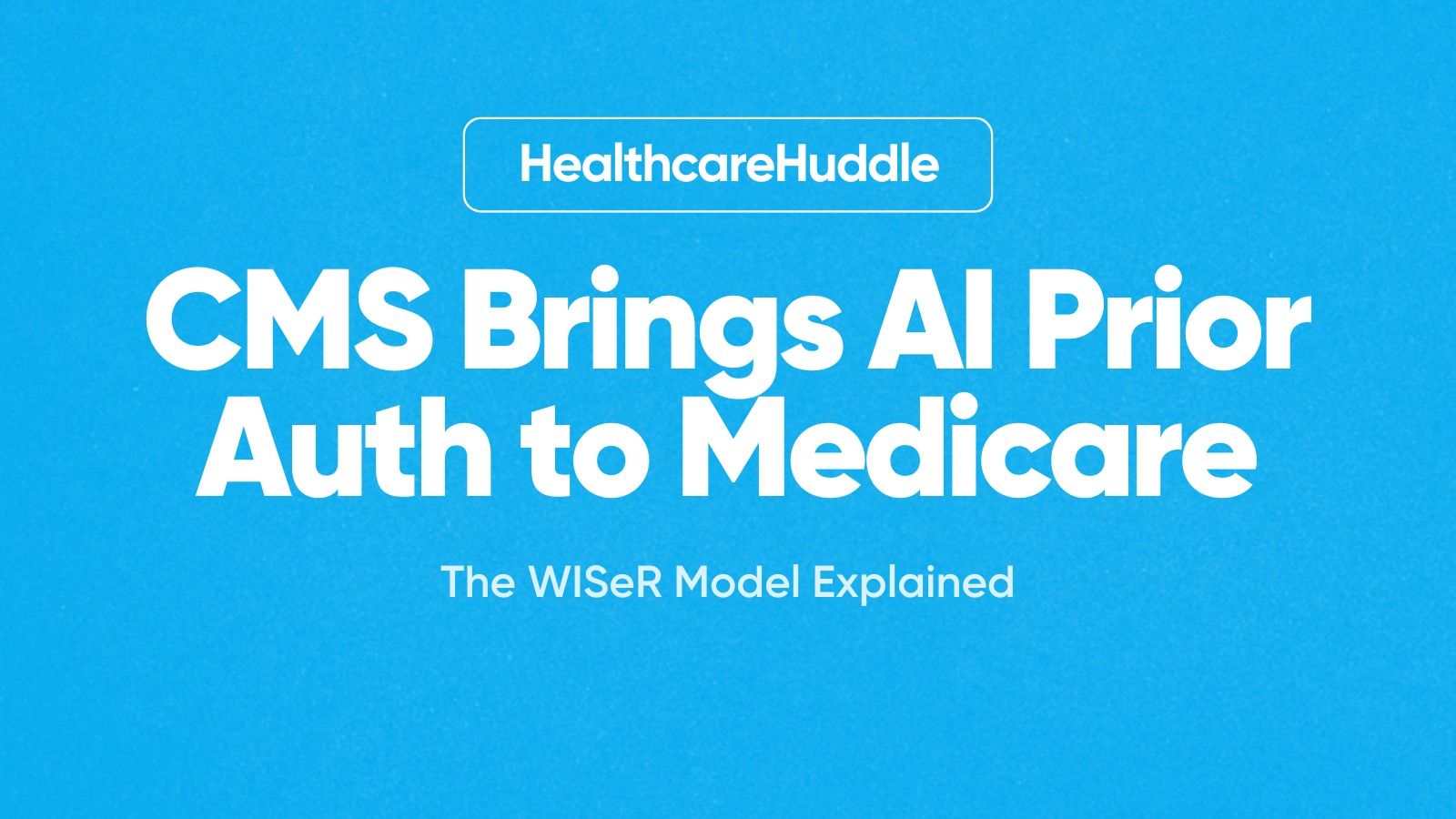RESIDENCY REFLECTIONS
Prior Authorization's AI Arms Race: A Resident's View
I didn't go to residency to argue with algorithms. But here I am.
Right now, somewhere in this country, an insurance company's AI is reviewing a prior authorization request. And somewhere else, a health system's AI is writing an appeal letter. They're fighting each other at the speed of software while a patient waits to see their pulmonologist.
This is the future we're building, and I'm not sure it's progress.
Here’s my experience with prior authorization in residency.
I get paged at 2 AM while on call for clinic because a patient needs an MRI but insurance denied it (this actually happened—I don’t know why the patient waited until 2 AM to call).
A discharge is delayed because I can't get home oxygen approved.
A patient no-shows to clinic because their prior authorization took three weeks.
30 minutes is spent writing a letter of medical necessity for a medication I know the patient needs, using language designed to satisfy an insurance reviewer I’ll never meet.
This is part of residency training in 2025. There's no formal curriculum for it, but every resident learns the drill.
When I first heard about AI automating prior authorization, I felt hope. Maybe AI could handle all this paperwork for us, writing appeal letters faster.
But if insurers are also using AI, won't they just deny things faster?
So AI isn’t really fixing the PA problem. It’s just automating the war: physicians using AI to write PA and appeal letters. Insurers using AI to deny PA and appeal letters.
Prior authorization exists because of misaligned incentives. Payers want to control costs. Providers want to deliver care. AI doesn't fix the misalignment—it just makes the broken process faster. We're headed toward escalation: better AI denials will be met with better AI appeals. The volume will increase. The speed will increase. And patients will still be stuck waiting.
AI could be liberating. It could eliminate barriers, reduce administrative waste, give us more time with patients. But that's not what's being built. What's being built is an arms race to deny faster and appeal faster. More automation of a broken system that shouldn't exist in its current form.
The real innovation wouldn't be better AI for prior authorization. It would be eliminating unnecessary prior authorization entirely. We should be asking: What would healthcare look like if we used AI to remove barriers instead of just processing them faster?
As providers, we're on the front lines of this broken system. We see how it affects patients and we feel the burden of navigating it.
I want AI to give me more time with patients, not more time arguing with insurance—even if the arguing is automated. I didn't go into medicine to watch algorithms fight each other!

SPONSORED BY HUDDLE+
Want to understand where AI is actually being deployed in healthcare?
My new course breaks down real-world use cases across hospitals, physician groups, and payers—plus the ROI and adoption challenges. Launches November 9.
Huddle+ members automatically get access to all courses. Upgrade here

THE MIDDLEMEN SERIES
Pharmaceutical Wholesalers: The Middlemen Who Control 92% of U.S. Drug Distribution
Healthcare wholesalers move 92% of prescription drugs from manufacturers to your hospital pharmacy. They're the invisible logistics layer that keeps medicines flowing—but their market concentration and thin margins make the entire supply chain vulnerable to shortages and disruptions.
👉 Read more details here.

HUDDLE #TRENDS
The Direct-to-Consumer Lab Testing Boom: Should You Care?
WHOOP just launched blood testing. OURA offers 50+ biomarkers for $99. Function Health raised $400 million to test 160 biomarkers annually. The direct-to-consumer lab testing market hit $3.6 billion in 2024 and shows no signs of slowing down.
But here's the question I keep asking: if comprehensive biomarker tracking truly improved clinical outcomes, wouldn't we already be doing it in standard practice? Most routine checkups are well-covered by a CBC, BMP, lipid panel, and A1c. So when your otherwise healthy patient shows up with a longevity panel revealing a mildly elevated inflammatory marker, what do you do?
The answer depends on understanding who this market really serves—and the data reveals something uncomfortable about where we're heading...
👉 Full breakdown in my latest Huddle #Trends report here.

INEFFICIENCY INSIGHTS
Why HCAHPS Surveys Fail: The Case for Real-Time Patient Feedback
Here's the issue with patient experience surveys: by the time you get the feedback, it's already too late to fix the problem.
HCAHPS surveys arrive 48 hours to six weeks after discharge. Your patient has already left the hospital. The moment to course-correct—to refill the water cup, to sit down during rounds, to clarify discharge instructions—has passed. As physicians, we know how valuable real-time feedback is. We rely on it during training to improve. But for our patients, we're operating blind until weeks later when a survey shows up asking about an experience we can no longer change.
The cost? Millions in lost reimbursement. Frustrated patients. Disengaged providers. And a system that prioritizes measuring experience over actually improving it. But here's what most hospitals miss: the infrastructure to fix this already exists...
👉 Full breakdown in my latest Inefficiency Insights article here.







